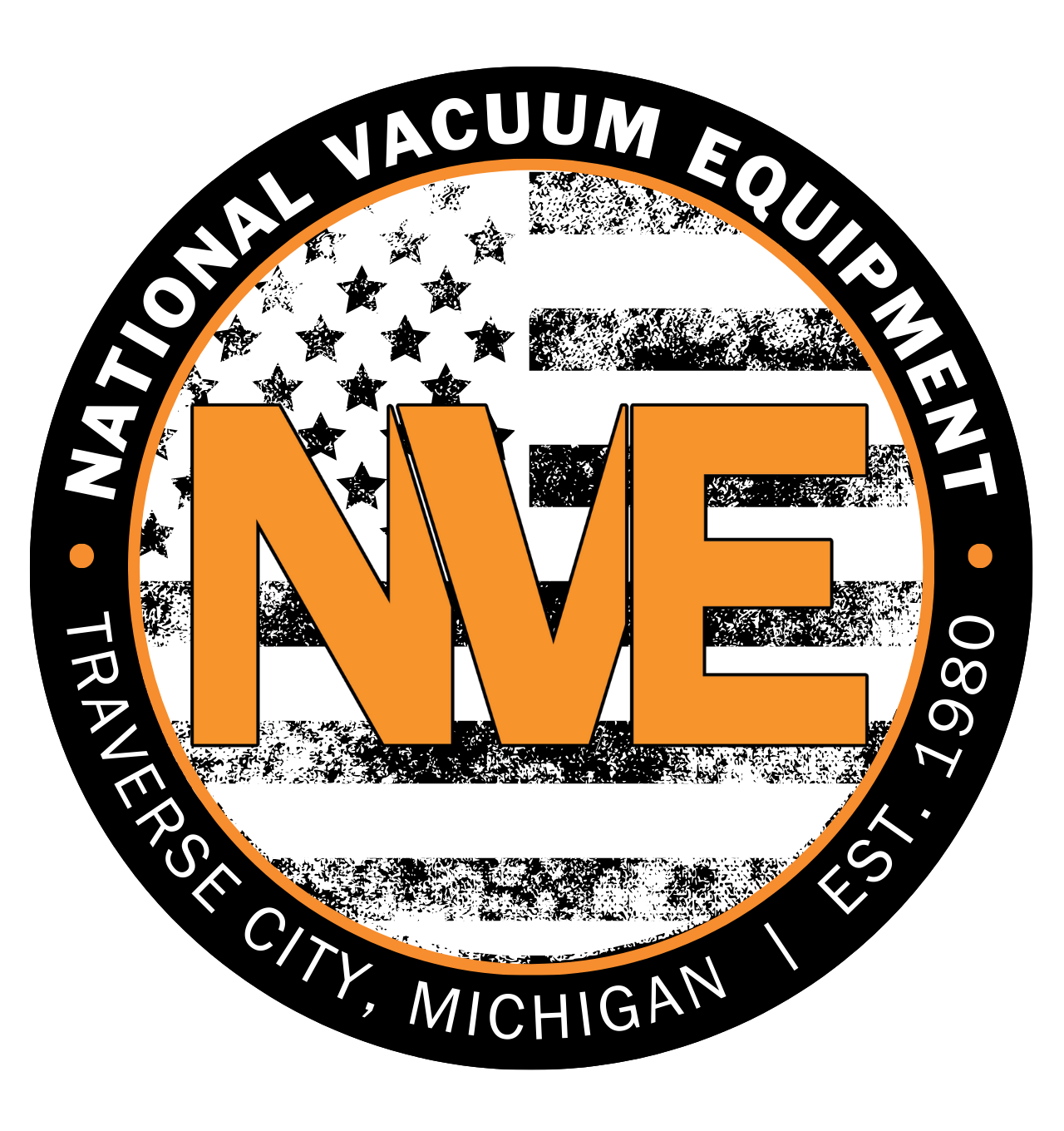
East Bay, Acme Plan for Major Sewer Replacement Project
By Beth Milligan | April 14, 2023
East Bay and Acme townships will hold a joint public hearing this month to get input on a major upcoming sewer force main replacement project – one that could cost an estimated $11 million and would upgrade a critical but severely corroded line that carries all of the wastewater for both townships to the wastewater treatment plant in Traverse City.
East Bay and Acme will hold the joint meeting on Tuesday, April 25 at 5:30pm at East Bay Township Hall. According to a project plan prepared by consultant Wade Trim, the two townships operate independent sanitary sewer collection systems but “rely jointly on a force main to convey wastewater to the wastewater treatment plant located in Traverse City.” The pipeline is the only one carrying wastewater to the plant, meaning “both townships rely on this force main to maintain wastewater service for their entire service area of roughly 2,700 customers.”
The 2.7-mile ductile iron pipe travels from East Bay’s pump station #1 (pictured, map) near the intersection of Indian Trail Boulevard and Pine Grove Avenue south to the TART Trail, then goes west along the TART Trail paralleling Parsons Road to the treatment plant on the north side of Boardman Lake. Installed in 1974, the nearly 50-year-old pipe is nearing the end of its design life. According to Wade Trim’s plan, a break was recently discovered in the pipe. During repairs, “the pipe was found to be severely corroded, which impacted the pipe’s structural integrity,” the plan states.
“A thorough physical evaluation of the pipe’s condition, given the age of the infrastructure and lack of access points, is nearly impossible without substantial excavation,” the plan continues. Temporarily removing the pipe from service for evaluation would “require substantial planning and temporary infrastructure to avoid backups of wastewater.” Wade Trim writes that installing a new main will “add resiliency and redundancy to this critical infrastructure, allowing for periodic inspection by providing the ability to divert wastewater flows from one force main to the other. Following the completion of the proposed force main, the existing force main can be removed from service, inspected, and rehabilitated when needed.”
Wade Trim looked at several options for East Bay and Acme townships, including taking no action, replacing the pipe, or redirecting a new pipe to a new wastewater treatment plant. No action “would result in continued operation of the system without evaluation of the existing force main,” the consultants wrote. “Repairs would remain unplanned, and the potential for property damage along with potential environmental contamination concerns due to the proximity to the lakeshore become a definite threat. Forced shutdowns would increase as the pipe ages and corrosion worsens...given the criticality of this piece of infrastructure, this alternative is not an acceptable alternative.”
Creating a new joint township treatment plant would require “installation of a new force main in combination with construction of a new facility,” according to the plan. That option would eliminate any potential redundancy in the conveyance of wastewater and include costs not only for building a new facility but replacing the existing force main, acquiring property, and paying for ongoing operations and maintenance at the plant. Going that route could cost close to $30 million, estimates show.
Wade Trim recommended pursuing option two, replacing the pipe. There are three ways Acme and East Bay could tackle that project, with all estimated at roughly the same cost of $11 million. They include constructing a new main through directional drilling, installing the new main through excavation (direct bury), or using a new alignment to route the new pipe on a different path to the treatment plant. Each has pros and cons. Directional drilling poses the “greatest risk” to the existing pipe and surrounding buildings but reduces above-ground impacts to landscapes, trees, and roads. Direct burying could require substantial dewatering but minimizes the risk of damage to adjacent utilities and buildings. Pursuing a new alignment “may avoid congestion from the treatment facility to Garfield Road, but is likely to require removal/replacement of asphalt along Hannah Road,” the plan states.
According to Wade Trim, “detailed engineering, in a subsequent phase, will evaluate the feasibility of each option in more detail, likely resulting in a combination of these options being utilized.” Installing a new main using one or more of the above approaches “is the most feasible option for the townships to implement and is more fiscally attainable. This alternative utilizes existing regional facilities and provides a long-term solution to the aging existing force main,” the plan states.
The next step will be determining how to fund the project. Grand Traverse County recently awarded East Bay Township $2 million in American Rescue Plan Act (ARPA) funding for the sewer replacement. According to East Bay Township Supervisor Beth Friend, both townships have estimated they can contribute another combined $2 million from their sewer funds, bringing available funding to $4 million.
Assuming the townships approve a joint resolution supporting the project plan, East Bay could then apply to Michigan’s Clean Water State Revolving Fund (CWSRF) for a low-interest, 20-year loan to cover the remaining $7 million. The CWSRF is competitive, Friend notes, but local municipalities – like the City of Traverse City – have been successful in recent years in securing funding for infrastructure projects. The CWSRF application is due May 1 for 2024 funding; East Bay would learn later this year whether funding is approved. That funding scenario also assumes an increased cost to residents of $12.94 per month to help cover the project.
The loan financing is requested to start in the second quarter of fiscal year 2025. Project construction could start in summer 2025. Acme and East Bay are also reaching out to “state and federal representatives for support and assistance,” Friend says. “Specifically, Senator Damoose, Representative Coffia, Representative Bergman, and Senator Stabenow. All officials and staff have been extremely helpful and supportive.” Friend adds that the townships have also applied for “federal congressionally-directed spending” to assist with the sewer main replacement.
Comment






